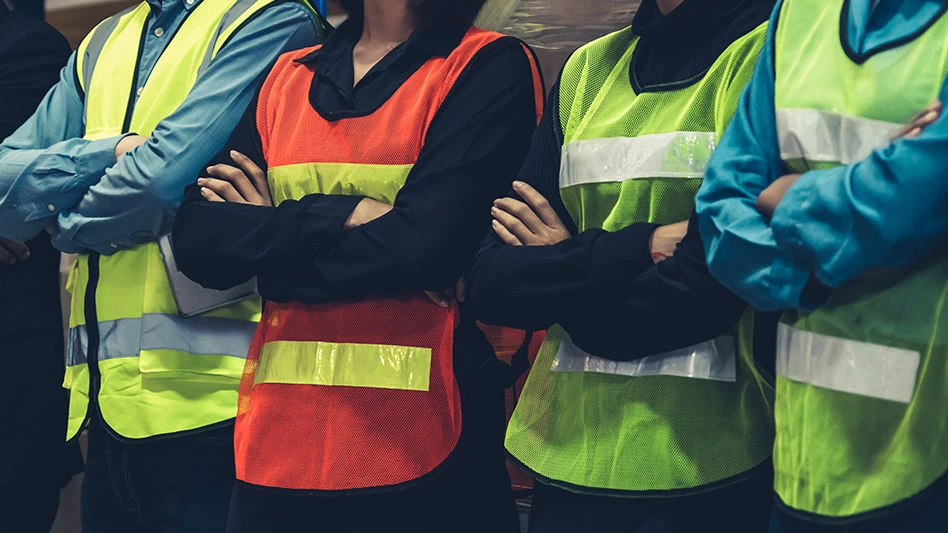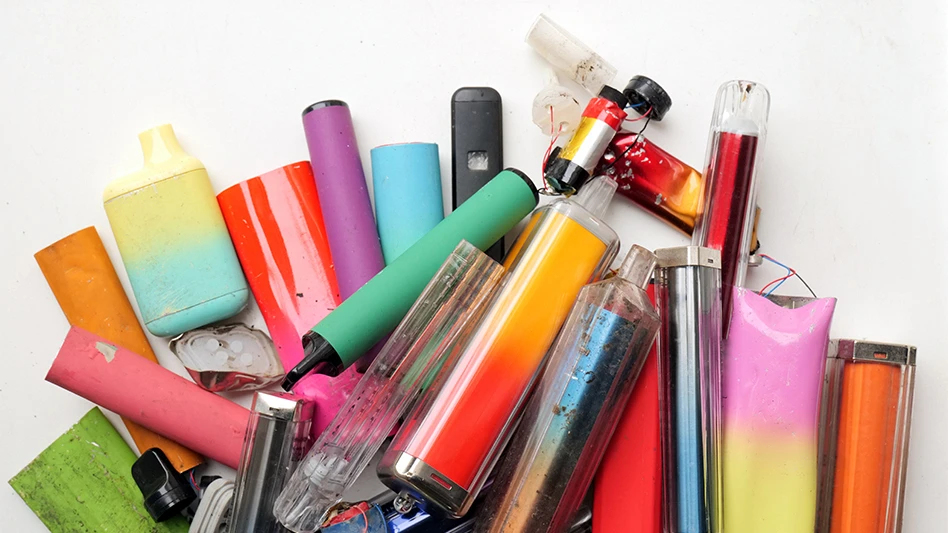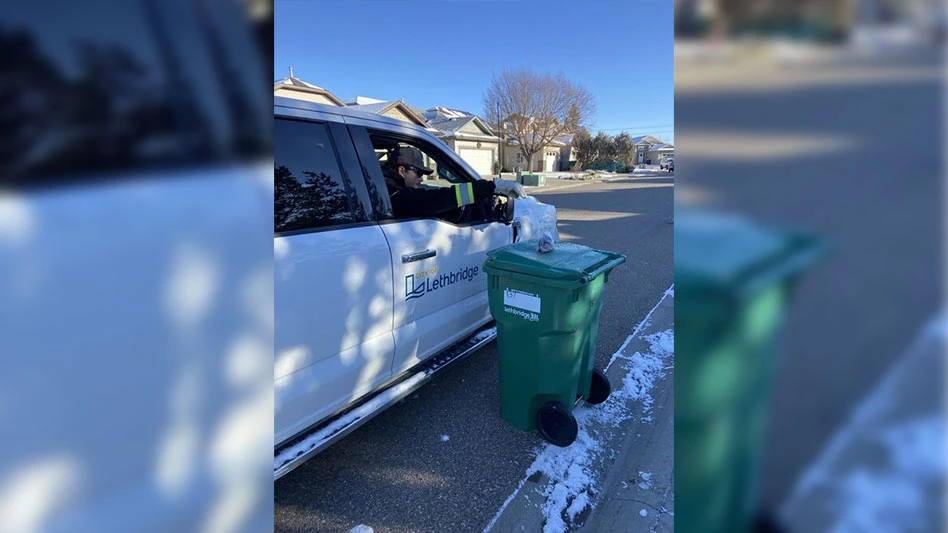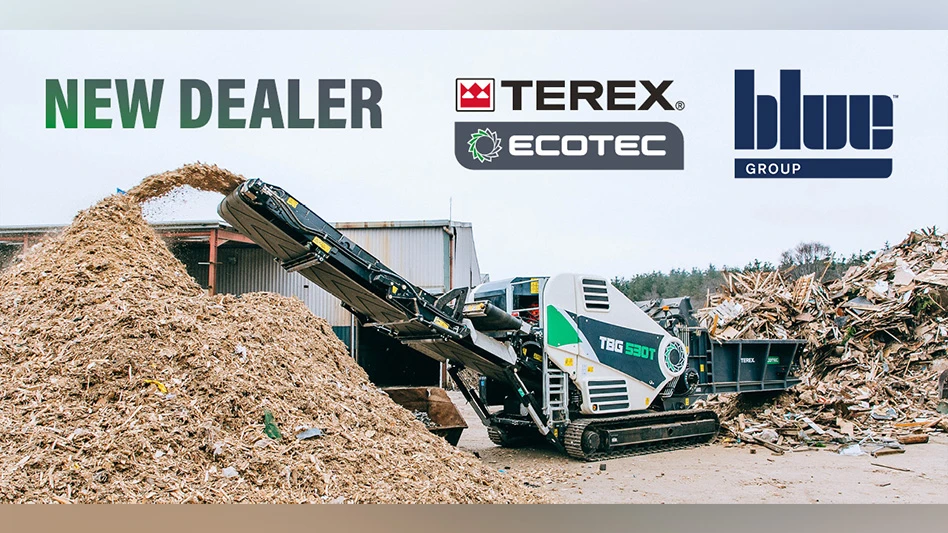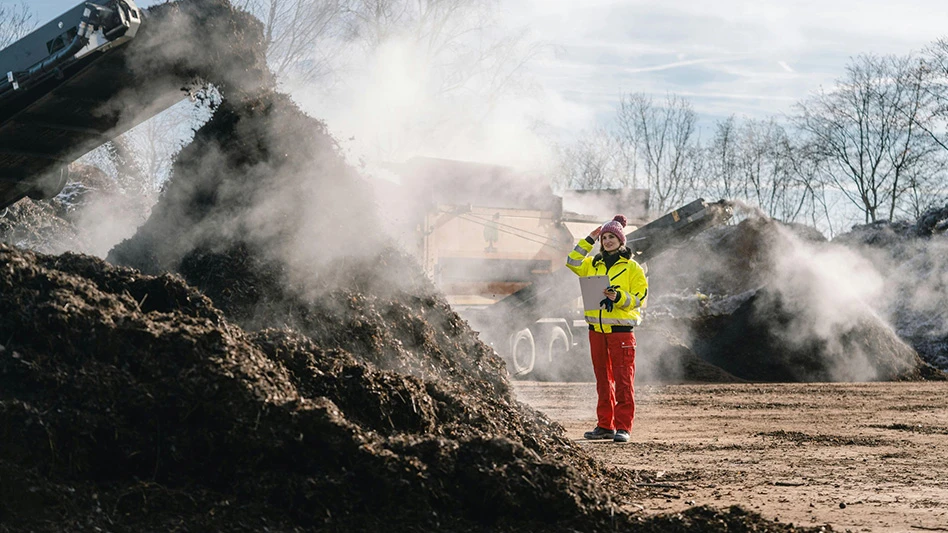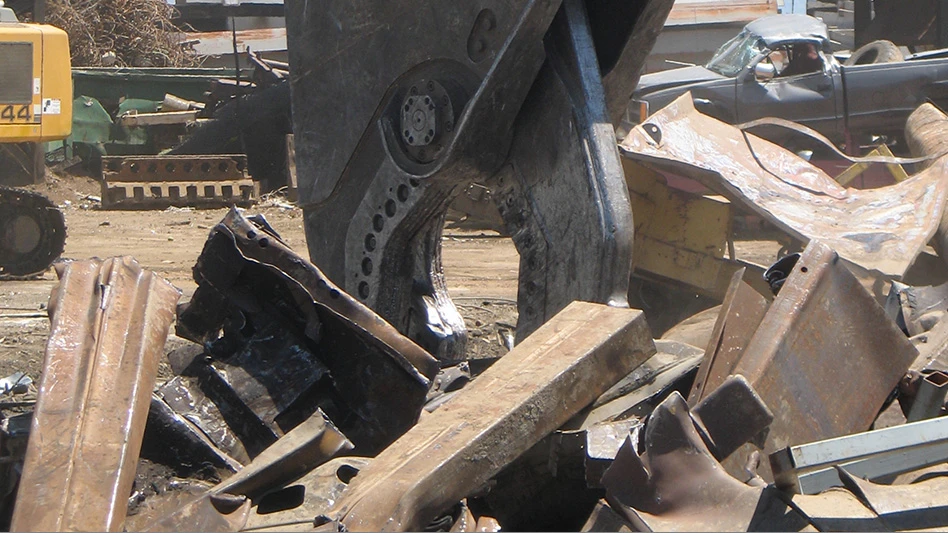
Georgia-based Call2Recycle, a voluntary industry-backed battery recycling program, was founded in 1994 by five manufacturers to keep rechargeable batteries out of the nation’s landfills. Over the years, the program has evolved from a few collection sites to being funded by more than 300 producers to ensure end-of-life batteries are recycled, explains Linda Gabor, Call2Recycle’s executive vice president of external relations.
With public and private collection sites across the U.S., Call2Recycle has diverted 115 million pounds of batteries from the waste stream. Through the program, consumers and manufacturers together recycled 7.2 million pounds of batteries in 2018.
After being transported from collection sites at Home Depot, Staples, hospitals and colleges, the batteries are sorted and sent to certified processors. Lithium-ion from rechargeable batteries used in portable electronics, for example, is melted down and recycled into new material to make new products, such as silverware, pots and pans and new batteries, Gabor says.
Though Call2Recycle’s overall mission is to optimize battery collections across the U.S., the nonprofit chose to focus on safety in 2018. A new safety program aimed to reach “all of those touching batteries” throughout the recycling process, from sorters, haulers and processors. The Avoid the Spark campaign also launched in California in 2018 with a goal to inspire safe action, educate consumers and “ultimately lead to a changed behavior" of how consumers view battery disposal, Gabor says.
“We actually saw an 88 percent decrease in boxes coming back with unprotected terminals, so we know that with a very targeted emphasis around battery safety we can make significant improvements on how consumers are handling batteries,” she says.
A new partnership with Vermont—which is the first state in the U.S. to require producers to finance a battery recycling program—resulted in an increase of battery recycling. While the law doesn’t mandate consumers to recycle batteries, Gabor says collections increased from 5,000 pounds of single-use batteries in 2015 to nearly 100,000 pounds of batteries in 2018.
“Providing a consistent program across the state has really catapulted battery collections in the state of Vermont,” Gabor says.
Observed each year Feb. 18, National Battery Day reminds consumers and manufacturers the “freedom to go unplugged” comes with responsibility.
“We want to make sure that consumers understand with the purchase of a battery comes the responsibility to make sure that battery is being responsibly recycled,” Gabor says.
As the electronics market advances to thinner, lighter devices, Gabor says Call2Recycle’s program is also evolving. In 2019, Call2Recycle will focus on creating awareness of battery use and safety among younger generations, as well as optimizing battery collections across the country.
“One thing we’ll focus on is how to bring battery recycling more directly to consumers," she says.
Call2Recycle released the 2018 top 10 battery recycling states based on program participation Feb. 18. With Vermont topping the list, the following states also made it into the top 10: Delaware, Georgia, Minnesota, California, Illinois, Tennessee, New Hampshire, Pennsylvania

Contributing factors driving the top 10 states performance included strong participation from manufacturers along with public collection networks (municipalities and retailers). A surge in the removal and management of damaged batteries from the market and education awareness efforts also complemented collection efforts, Call2Recycle says.
Latest from Recycling Today
- Phoenix Technologies closes Ohio rPET facility
- EPA selects 2 governments in Pennsylvania to receive recycling, waste grants
- NWRA Florida Chapter announces 2025 Legislative Champion Awards
- Goldman Sachs Research: Copper prices to decline in 2026
- Tomra opens London RVM showroom
- Ball Corp. makes European investment
- Harbor Logistics adds business development executive
- Emerald Packaging replaces more than 1M pounds of virgin plastic
